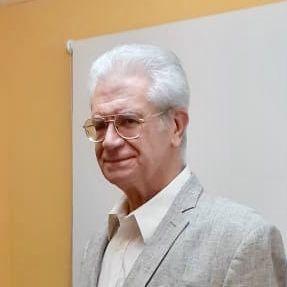The peak of Litio: The coveted element in the energy transition era
Lithium is an alkaline, ductile and light metal element that has become one of the most coveted minerals on the planet due to the need to replace fossil energy sources with “critical minerals” for electrification and, in particular, for electromovility.It is mainly found in natural brine, sea waters and geothermal fields.
It is the lightest metal known and has excellent properties for conducting heat and electricity, being lithium carbonate one of the products with the highest transaction volume internationally.
Its multiple uses explain the growing demand, as it is used in the manufacture of batteries for mobile phones and electric cars, laptops, digital cameras and ceramic glass; in the form of salts to avoid and treat episodes of mania in people with bipolar disorder, as it is an mood stabilizer, due to its property of electric signal driver.
The “energy transition” positions lithium in a context of strong competition between the main powers and even between countries of the West.
The growing international demand of lithium carbonate: Classification of mining and production in 2022
II. The growing international demand for lithium carbonate has led to the activation of mining projects, as during the next decade McKinsey Battery Insights predicts a growth in the demand of Li-ion batteries at an annual compound rate of almost 30%. The above is based on forecasts for 2030, not only on a strong rise in the production of electric vehicles, but also on energy storage systems, electric bikes, tool electrification and other applications that require intensive use of batteries.In view of this reality, it is appropriate to observe the ranking spread by Mining Inteligence that highlights the countries with the ten largest production lithium mines in the world, in 2022, positioning in the first place Australia with five establishments that totaled a production of 67.6 kilotons, followed by Chile with two mines located in the Salar de Atacama reached 39.5 kilotons and in third place Argentina By closing the ranking, the US is with the Silver Peak mine producing 2.0 kilotons.
It is worth pointing out that the triangle of lithium in South America, integrated by Argentina, Bolivia and Chile; it positions this latter country with comparative advantages as it displays conditions that highlight it: high concentration, exceptional solar radiation and absence of rains. The three countries concentrate 56% of the world's reserves of this key metal for the energy transition and the People's Republic of China is the main complainant.
Mineral Metal and Lithium Development in Argentina: Environmental Rights and Opportunities
III. In accordance with international reality, Argentina goes through a process of full development of the metal and lithium mining sector, with important reserves of copper, gold, silver and iron.
Lithium experiences a strong demand for battery manufacturing and large-scale energy storage, positioning our country as a key actor in the mentioned transition process, as it has 19 operational projects of which 12 produce gold, 2 lithium and the rest of silver, coal and zinc.The international conjuncture generated increases in the lithium exports of our country, reaching 696 million dollars last year, increasing 234% in 2021 and participating in 18% of total mining exports.
One of the main challenges for our country is to compatibilize mining exploration with the preservation of the environment, basically with regard to the Altoandinos Humedales and the Altiplano water resources, as a result of the exploitation of lithium brine in the erections of Puna and Altos Andes.
Lithium extraction, in particular through the evaporific method, implies significant loss of water and fresh water salinization, meaning a threat to those mentioned humidity.
Ecosystems are located more than 4,000 meters high and are vital to the economies of the region, constituting a unique biodiversity.
Challenges and opportunities in promoting environmental production and preservation in Argentina
IV Undoubtedly the challenges to be faced are numerous, but it is essentially a matter of ordering the activity of the Nation in accordance with the Provinces, with policies that tend to promote production with the preservation of the environment accompanied by tax legislation and exchange provisions and external trade, especially designed for its promotion and control.The potential of agrofood and energy is added to lithium (carbon and hydroxide) which is already a reality and seeks to promote new investments: clear legal regulation and according to the time it comes to us to live together with a macroeconomic context that is sure of long-term projects that include the manufacture of electric accumulators, so that it can incorporate aggregated value and create qualified labor that will allow industrializing the provinces.


Comments